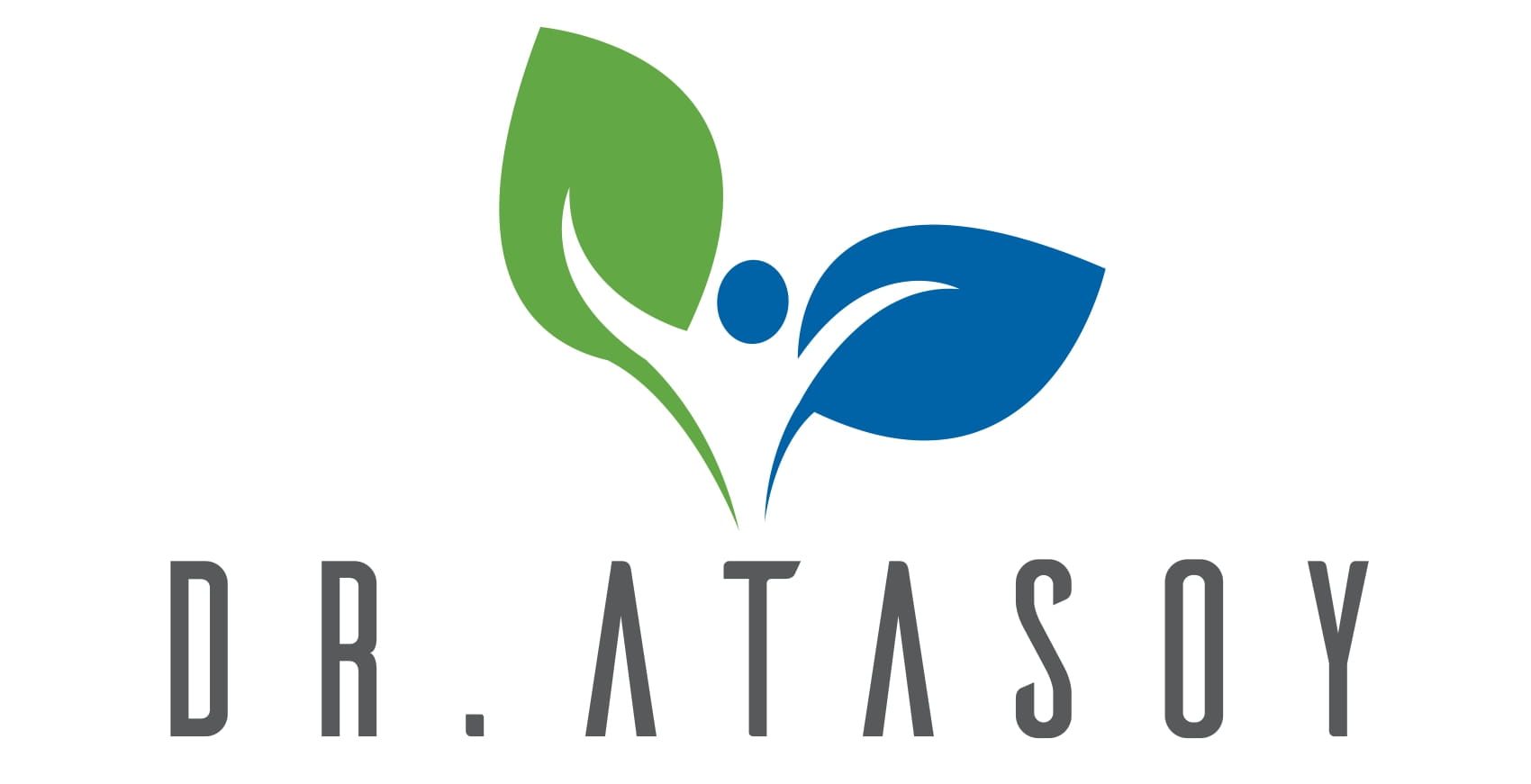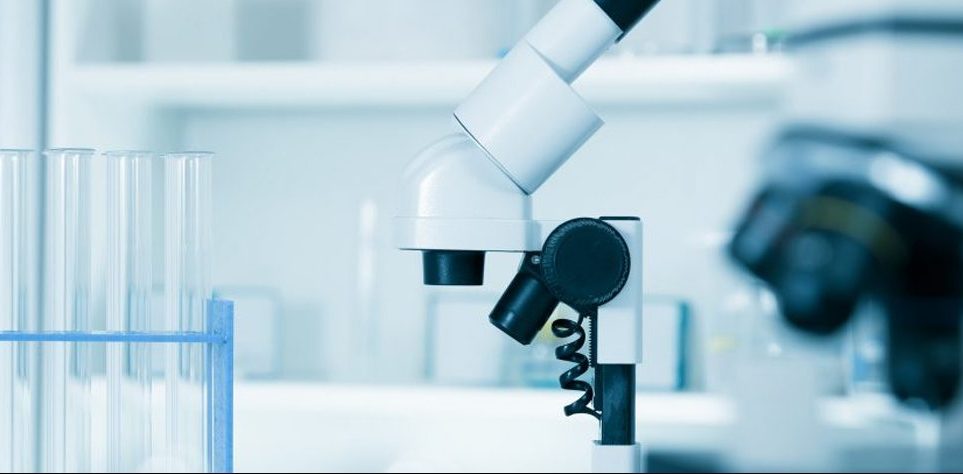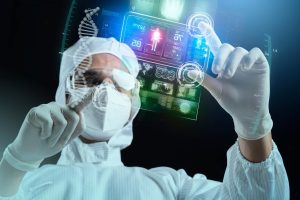Biopsy can be taken from any organ for diagnostic purposes. Lung, liver, kidney, prostate, breast or thyroid. The logic is the same in almost all biopsies. After numbing with local anesthesia, the needle is advanced into the mass under imaging guidance and the piece is removed. As an example, I will talk about thyroid and prostate biopsy here.
Thyroid biopsy
Thyroid biopsy is performed under ultrasound guidance within 10-15 minutes. The fact that the procedure is under US guidance eliminates the possibility of injury to vessels or other organs. During the biopsy procedure, the pathologist is also present in the same room and performs the microscopic examination. The radiologist who performed the biopsy is immediately informed about whether the material taken by microscopic examination is sufficient. This prevents repeated attempts. The process is terminated safely and securely.
prostate biopsy
It is the process of removing tissue from the prostate under ultrasound guidance to diagnose prostate cancer. The diagnosis of prostate cancer is made by the pathology specialist by histopathological evaluation of the tissue taken from the prostate.
It is made from the rectum. It is entered through the rectum with a specially made probe for prostate evaluation, and the prostate is evaluated by ultrasound. At this time, local anesthesia is applied to the prostate. As a result of the ultrasound evaluation, at least six tissue samples, 1 mm in diameter and 15 – 20 mm in length, are taken from suitable sites with a special biopsy needle.
Due to local anesthesia, there is no pain during the procedure.
Do I need to make a preparation for prostate biopsy?
Since the biopsy will be done from the rectum, a preparation is absolutely necessary.
During the biopsy, the rectum is requested to be empty. For this reason, either a laxative is used the day before or an enema is done on the morning of the biopsy. For those with chronic constipation, both can be done at the same time.
If your doctor does not have any other recommendations, in the preparation before the biopsy;
You do not need to come to the examination hungry. The patient can have a normal breakfast on the morning of the biopsy, and can take any medications he regularly uses. If the biopsy is in the afternoon, he can eat lunch. There may be blood in the urine and stool for a few days after the biopsy, and it will go away on its own.
You can get more detailed information from the doctor who will do the biopsy.
What is prostate biopsy and how is it done?
It is the process of removing tissue from the prostate under ultrasound guidance to diagnose prostate cancer. The diagnosis of prostate cancer is made by the pathology specialist by histopathological evaluation of the tissue taken from the prostate.
It is made from the rectum. It is entered through the rectum with a specially made probe for prostate evaluation, and the prostate is evaluated by ultrasonography. At this time, local anesthesia is applied to the prostate. As a result of the ultrasonographic evaluation, at least six tissue samples, 1 mm in diameter and 15 – 20 mm in length, are taken from suitable sites with a special biopsy needle.
Due to local anesthesia, there is no pain during the procedure.
Do I need to make a preparation for prostate biopsy?
Since the biopsy will be done from the rectum, a preparation is absolutely necessary.
During the biopsy, the rectum is requested to be empty. For this reason, either a laxative is used the day before or an enema is done on the morning of the biopsy. For those with chronic constipation, both can be done at the same time.
If your doctor does not have any other recommendations, in the preparation before the biopsy;
Antibiotic is administered from the hip 1 hour before the biopsy (Rocephin Flk. 1 gr. İ.M.), one tablet Tarivid 400 mg on the evening of the biopsy, 1 tablet in the morning and one tablet of Tarivid 400 mg in the evening (total of 5 pieces) are used for 2 days after the biopsy day. . Despite this treatment, your fever may rise, although very rarely. If the fever exceeds 38.5 degrees within 24-48 hours, you should definitely contact your doctor.
BREAST FINE NEEDLE ASPIRATION BIOPSY,
Fine-needle aspiration biopsy is a fairly easy and painless procedure that takes about 15 minutes. It requires no preparation. The obtained biopsy materials are sent to the pathology laboratory and the pathology result is obtained within 4-5 days. Fine needle biopsy carries no risk in experienced hands. Complications are not expected.
Nipple CUTTER NEEDLE (TRU-CUT) BIOPSY
Cutting needle or thick needle biopsy in the breast is not different from fine needle aspiration biopsy, except that the needle used is thick. It requires no preparation. The obtained biopsy materials are sent to the pathology laboratory and the pathology result is obtained within 4-5 days. Thick needle biopsy does not carry a serious risk in experienced hands. Complications such as bleeding and infection are very rare.
VACUUM ASSISTED BREAST BIOPSY
It is a slightly advanced model of thick needle biopsy. If we want to make sure that all the tissue in an area is sampled, we use the vacuum assisted biopsy technique. In this technique, since the biopsy needle is supported by a vacuum device, it is possible to take thicker tissue pieces. Even because it is possible to take the entire lesion. When the pathology result is benign, the treatment is done in the same session.
Prof. Dr. Mehmet Mahir Atasoy
Interventional Radiology



